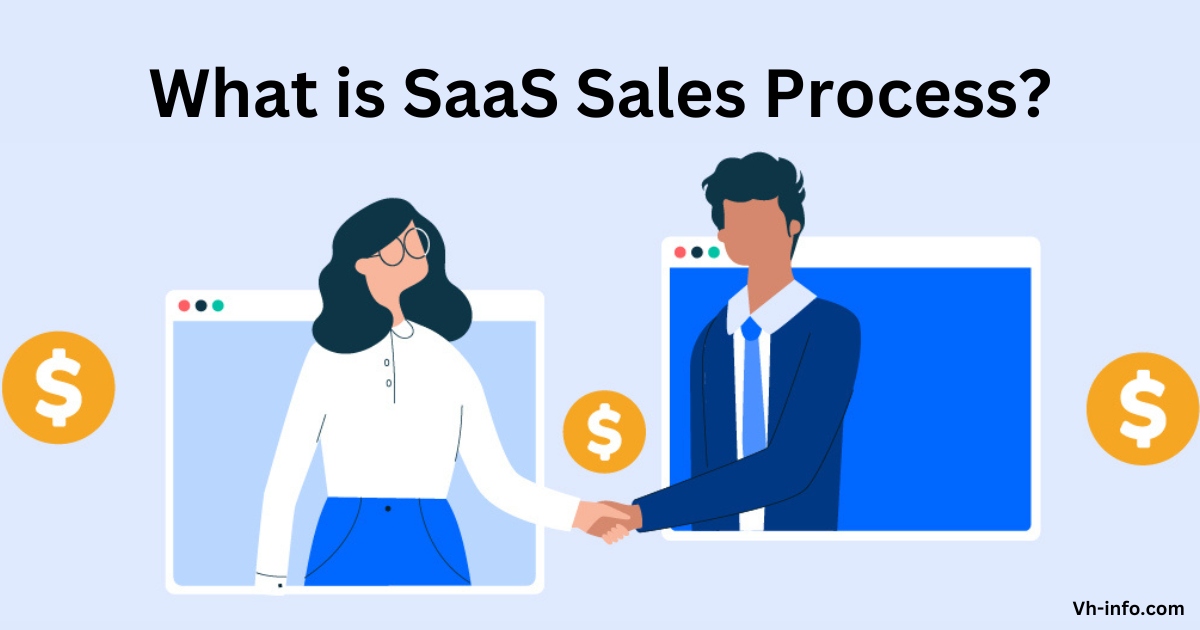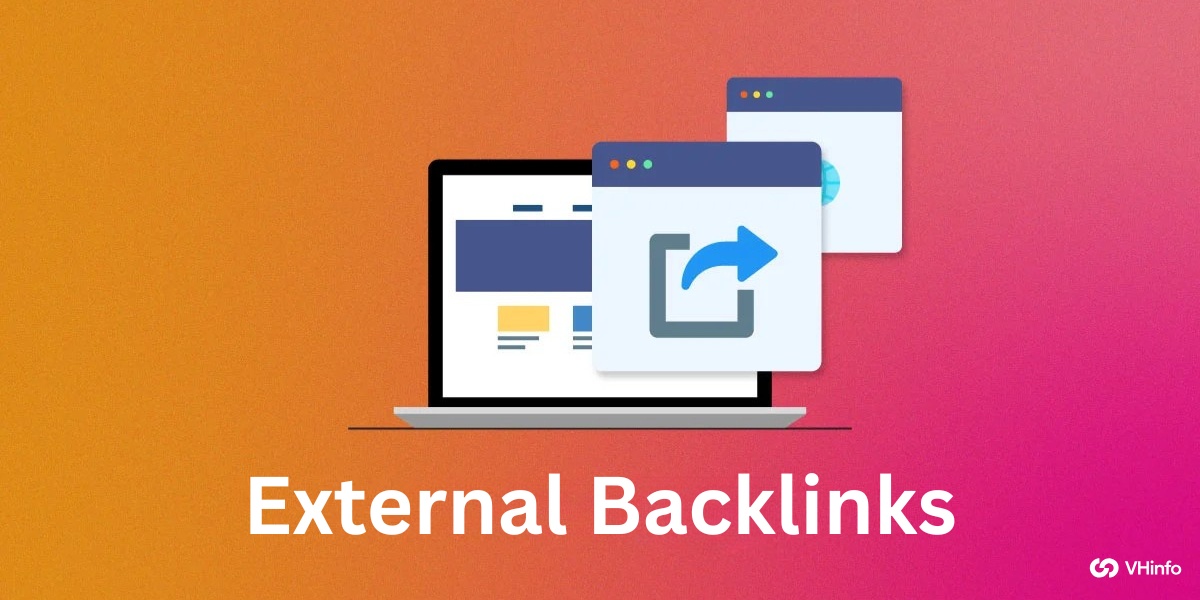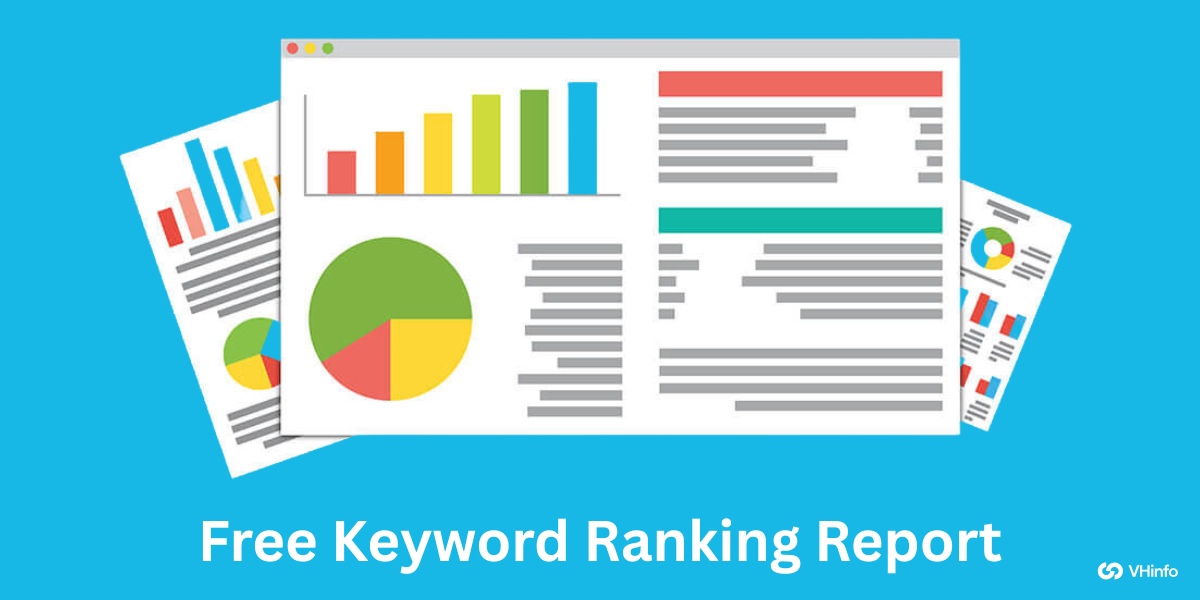The SaaS sales process is a structured way to bring in new customers and increase the monthly recurring revenue of a SaaS business.
At VH Info, we often see saas companies focusing on traditional outbound or inbound approaches without realizing how a tailored selling process sets them apart. From initial lead generation to churn rate analysis and beyond, getting the right workflow in place transforms each sales rep into a high-impact closer.
In this article, we’ll discuss how to organize your sales team, walk through the stages of the SaaS sales process, and show you sales strategies to optimize every step.
What is the SaaS Sales Process?
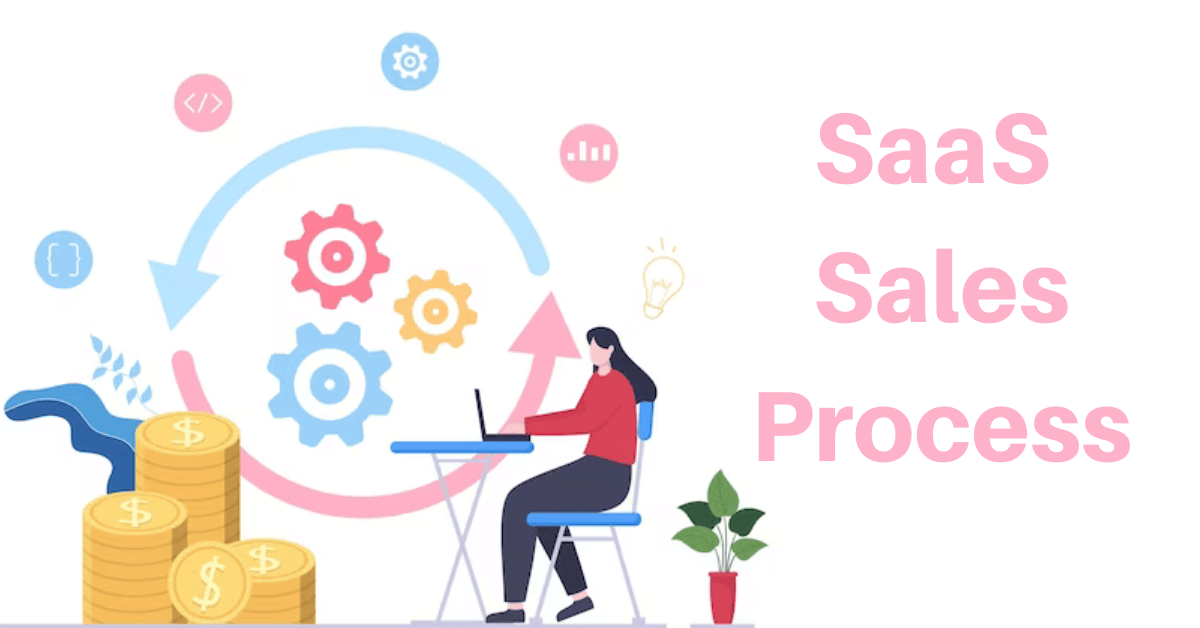
The saas sales process is a repeatable, step-by-step framework that saas sales teams follow to guide qualified leads toward becoming paying users of a saas product.
Unlike traditional sales, SaaS transactions typically involve recurring payments, whether annual recurring revenue or monthly subscriptions.
This style of software sales requires a more fluid sales cycle, focusing on customer relationships and a long-term customer success approach rather than a one-time transaction.
How Long is the SaaS Sales Cycle?
The saas sales cycle can vary widely. Some transactional sales happen in under a month for low-ticket items, while enterprise saas sales with a higher price might take several months.
On average, a moderate sales cycle for saas companies tends to last around 2-3 months. Factors like pricing model, number of customers involved in the decision, and use cases can affect how quickly leads move through the sales funnel.
Shortening the trial period, simplifying your sales pipeline, and improving lead qualification can often reduce the time it takes to seal a deal.
What Does the SaaS Sales Process Look Like?
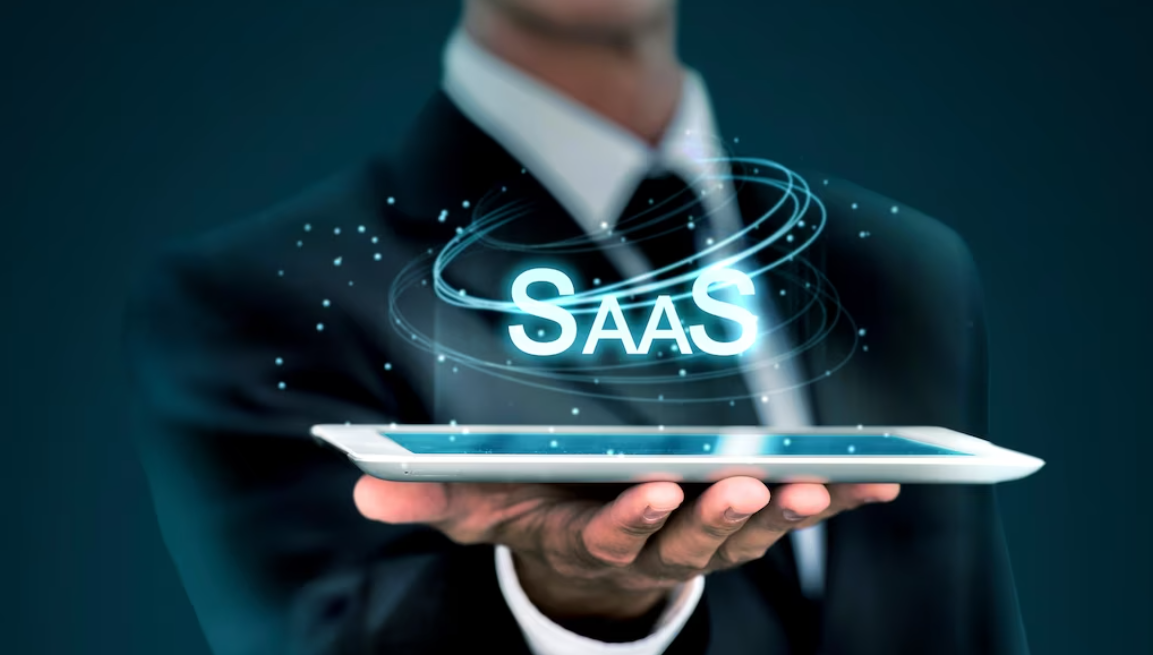
The SaaS sales process is a step-by-step method. It helps you get new customers and lead them through the sales funnel.
This means turning potential leads into paying customers. Though the exact steps can change based on your target market and business model, most SaaS sales processes include some important stages.
Let’s explore each step in the SaaS sales process to see how it works in real life.
Define Your Ideal Customer
Start with an ideal customer definition to know exactly who benefits most from your saas product.
Study existing customer profiles, look at the challenges these customers face, and determine how your solution addresses their pain points. Creating an ideal customer profile helps your sales team prioritize accounts with the highest likelihood of conversion.
Qualify Your Leads
Once you’ve drawn in a target audience, it’s time to ensure each lead is a qualified lead. Assess budget, decision-making roles, and customer success potential.
For transactional sales, you might use quick qualification frameworks, but for enterprise sales, deeper lead qualification is important. The goal is to filter out unproductive leads and free your sales rep bandwidth for more promising opportunities.
Initiate Contact With Your Leads
When a lead fits your ideal customer profile, reach out using inbound marketing or outbound prospecting methods. Cold calling, social media messaging, and email can all work.
Use content marketing to provide educational resources, and show exactly how your saas product can solve their pain points. Position your sales team as consultants rather than just pitch artists.
Follow Up
Many deals stall without regular communication, making follow-up essential. Nurture your leads with shareable assets, such as case studies and user guides, or schedule calls to answer questions about the selling process.
This step cements customer relationships and keeps your solution top of mind.
Address Their Objections
When leads push back—maybe they’re worried about the churn rate or question the business model—your sales professionals need to provide direct, transparent answers. Knowing common hurdles lets you respond effectively.
Emphasize how your saas product drives customer retention, lowers operational costs, or solves their biggest problems.
Close The Sale
Finally, wrap up the saas sales process by presenting pricing options and finalizing sales goals. Some leads might want a free trial or a short trial period before committing.
Others may be ready to jump in if they see clear customer lifetime value. Offer flexible payment plans that align with their budgeting cycles. Seal the agreement and get them ready for the next steps.
SaaS Sales Models

Different saas sales models can accommodate a variety of markets, target audience sizes, and pricing model structures.
Below are three commonly defined approaches.
Self-Service Model

The Self-Service Model relies on customers buying and onboarding with minimal help from a sales rep.
This approach suits low-cost products with straightforward use. An optimized website, clear tutorials, and a free trial funnel can drive conversions. Self-service is often used by saas companies that focus on a broad, target audience with simpler use cases.
Transactional Model

In a transactional sales model, the sales team takes a more active role but deals close faster than enterprise saas sales. The transactional model works well if you sell solutions at a moderate or higher price with enough complexity to justify demos.
Lead generation feeds a pipeline, and sales reps guide leads through a standard sales process that balances product value with relatively quick turnarounds.
Enterprise Model

The Enterprise Model is designed for enterprise sales. Here, the saas sales team has multiple account executives and solution specialists focusing on large customers with multi-layered customer success requirements.
Deals in enterprise saas sales can involve extended sales cycles, in-depth demos, robust customer support, and specialized integration steps. The sales team must navigate multiple stakeholders and show the annual recurring revenue benefits of your software sales at scale.
Stages in the SaaS Sales Process
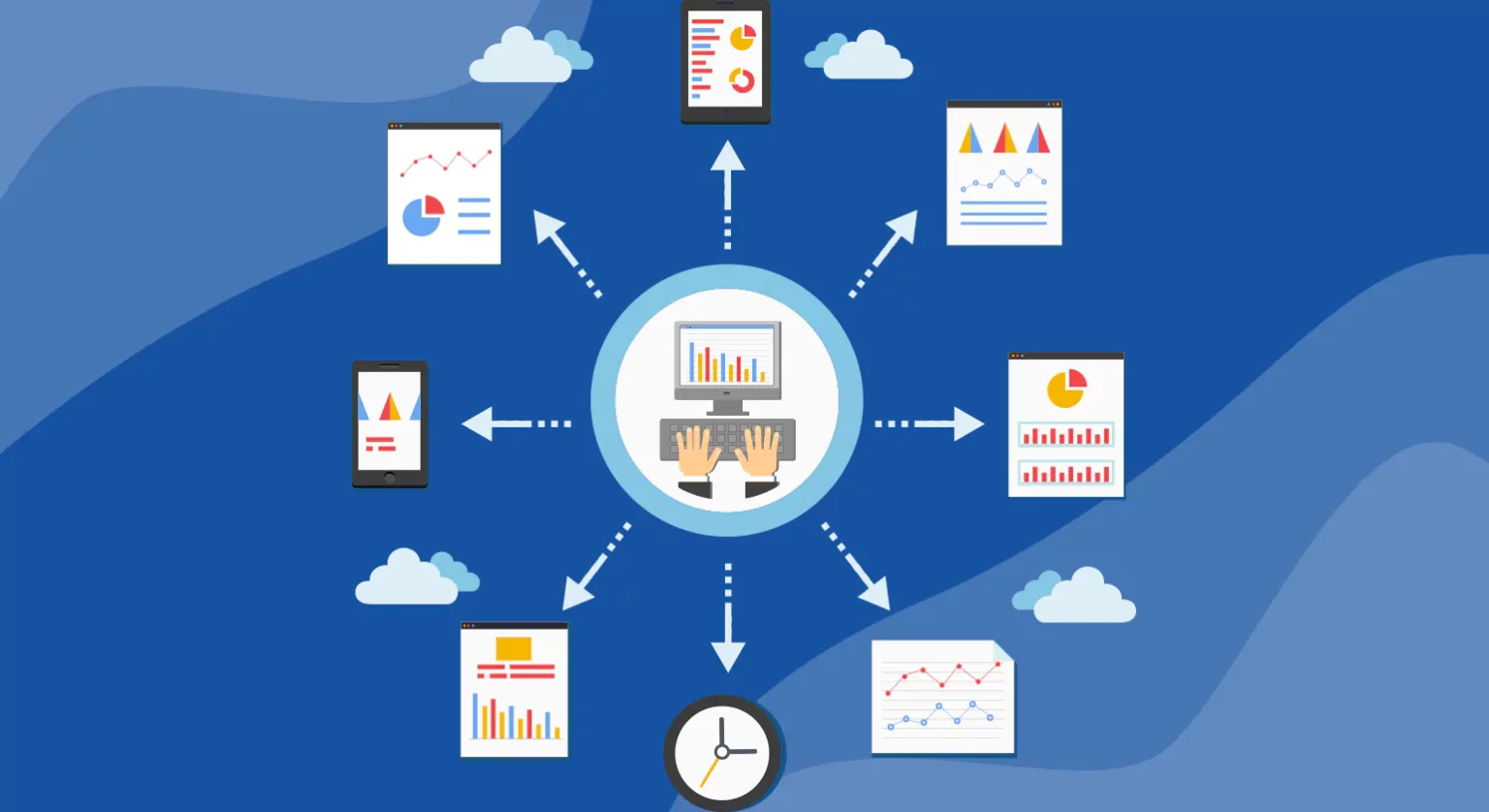
The SaaS sales process is a structured journey that guides potential customers from initial interest to become loyal users.
Below are the key stages explained, along with the relevant saas sales key terms:
Lead Generation

This is where your sales team attracts potential customers who might benefit from your saas product.
Using methods like content marketing, social media campaigns, or cold calling, the goal is to fill the sales pipeline with leads that match your ideal customer profile. Effective lead generation ensures you’re targeting the right audience and setting up your sales funnel for success.
Outbound Prospecting

In this stage, your team actively reaches out to potential customers through channels like email, LinkedIn, or phone calls.
This is especially useful for finding high-value leads that align with your saas sales model. The focus here is on building relationships and initiating conversations with prospects who might not yet know about your solution.
Sales Qualification

Not every lead is worth pursuing, so this step involves determining if a prospect is a qualified lead.
Using frameworks like BANT (Budget, Authority, Need, Timing) or MEDDIC, your sales reps evaluate whether the lead fits your business model, has the budget, and is ready to buy. This ensures your team spends time on leads with real potential.
Product Presentation or Demo
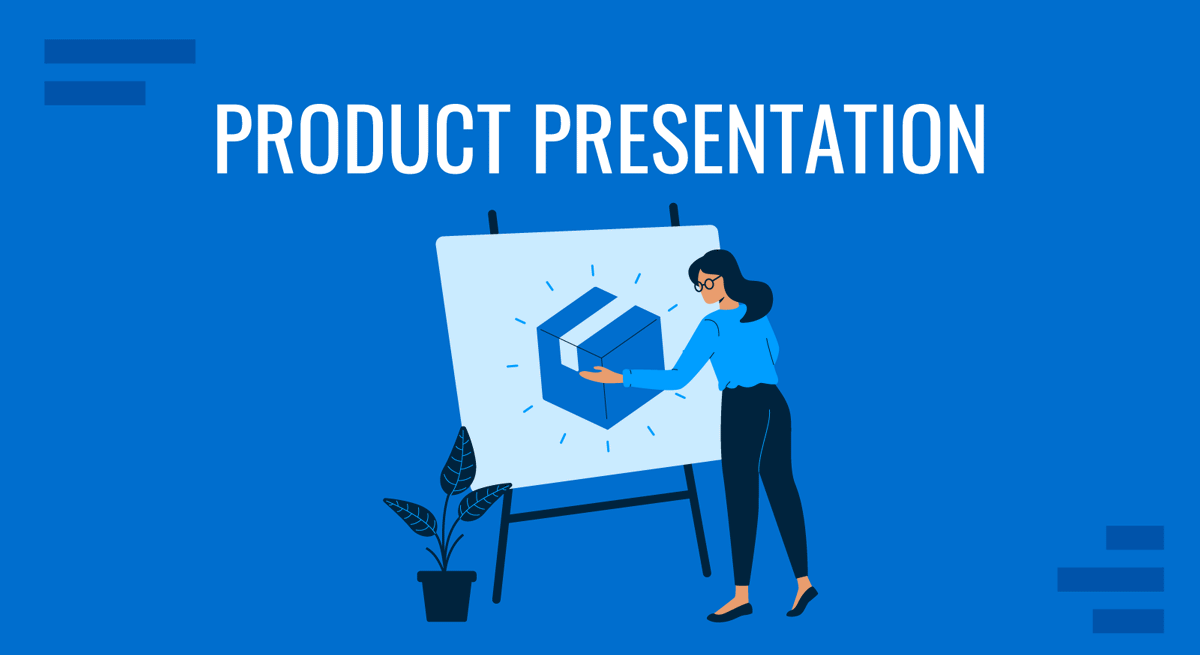
This is where you showcase how your saas product solves the prospect’s specific problems.
A well-tailored demo highlights key features and uses cases while addressing their pain points. Personalization is key—focus on how the product improves its processes or boosts metrics like customer lifetime value.
Handling Objections

At this stage, prospects may raise concerns about pricing, features, or competitors.
Your team needs to listen carefully, validate their concerns, and provide solutions that align with their needs. Addressing objections effectively builds trust and moves the deal forward.
Negotiation and Closing the Deal
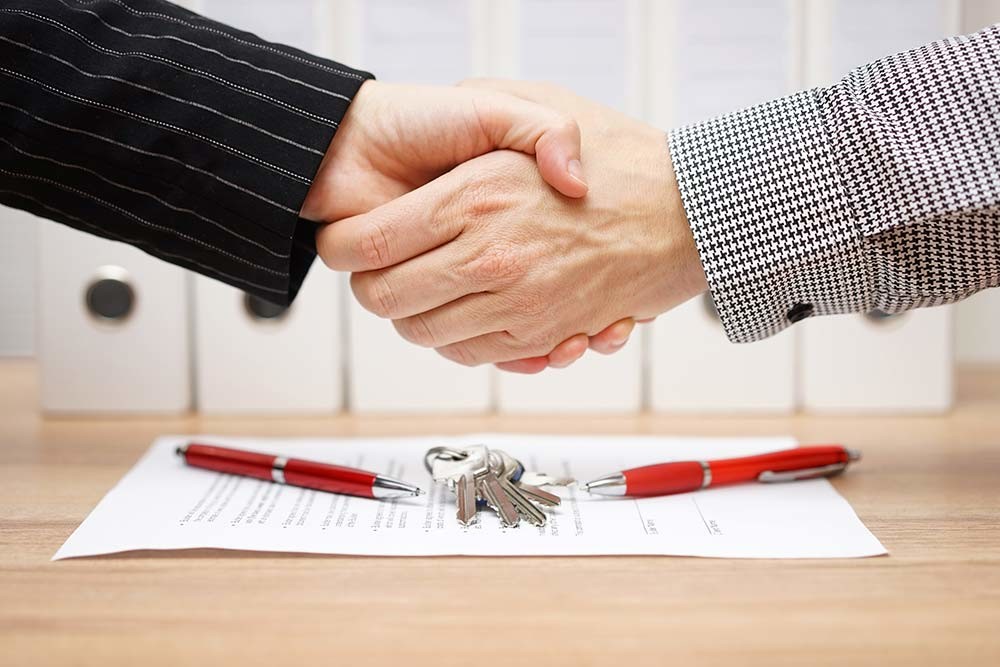
This step involves finalizing terms and securing the sale.
Your team may offer flexible pricing options or discounts to close deals faster. Strong negotiation skills are important here to ensure both parties feel they’ve achieved a win-win outcome.
Customer Onboarding and Nurturing
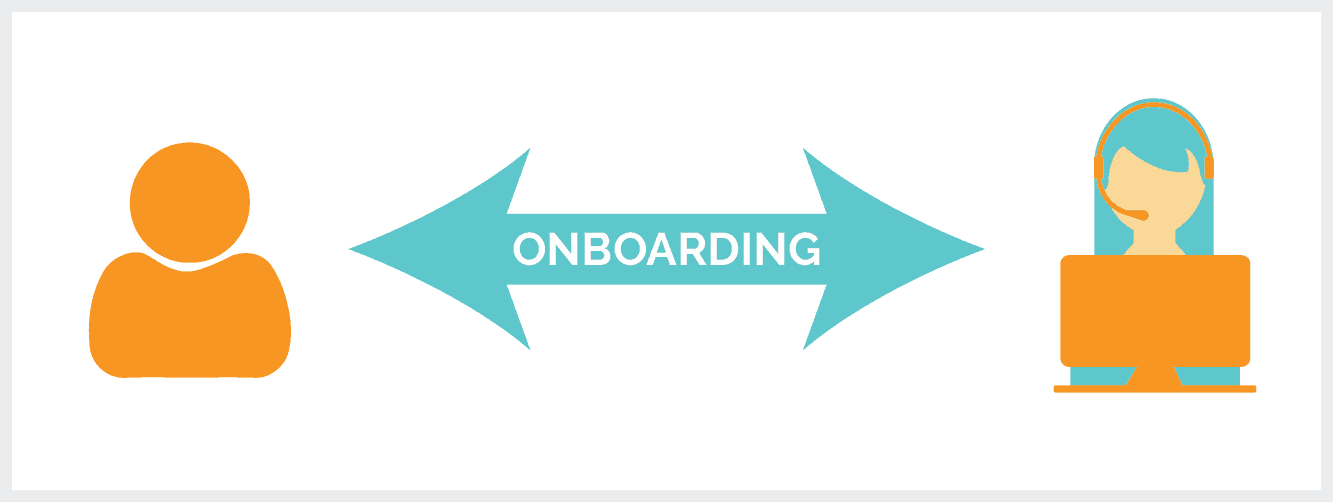
Once the sale is made, it’s time to ensure a smooth transition for the customer.
The onboarding process helps new users understand how to use your software effectively through tutorials or personalized support. A strong onboarding experience reduces customer churn, boosts customer retention, and sets the stage for long-term success.
How to Improve Your SaaS Sales Cycle?
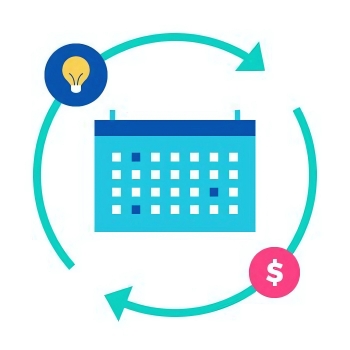
Improving your saas sales cycle is about reducing friction at every stage. Tighten your lead qualification to spend more time on the right leads. Ensure your trial flows run smoothly. Don’t let complicated pricing model structures slow the final handshake.
Also, invest in a customer success team that can keep an eye on sales metrics like churn rate, bridging any gaps in product adoption.
You can also boost efficiency by implementing well-structured emails and follow-up sequences. If leads vanish after the initial meeting, a re-engagement email can bring them back.
Finally, measure and tweak based on key metrics: Are deals stalling after the demo? Are free users turning into paid subscriptions? These signals help perfect your approach.
10 Strategies to Build a Sustainable SaaS Sales Process
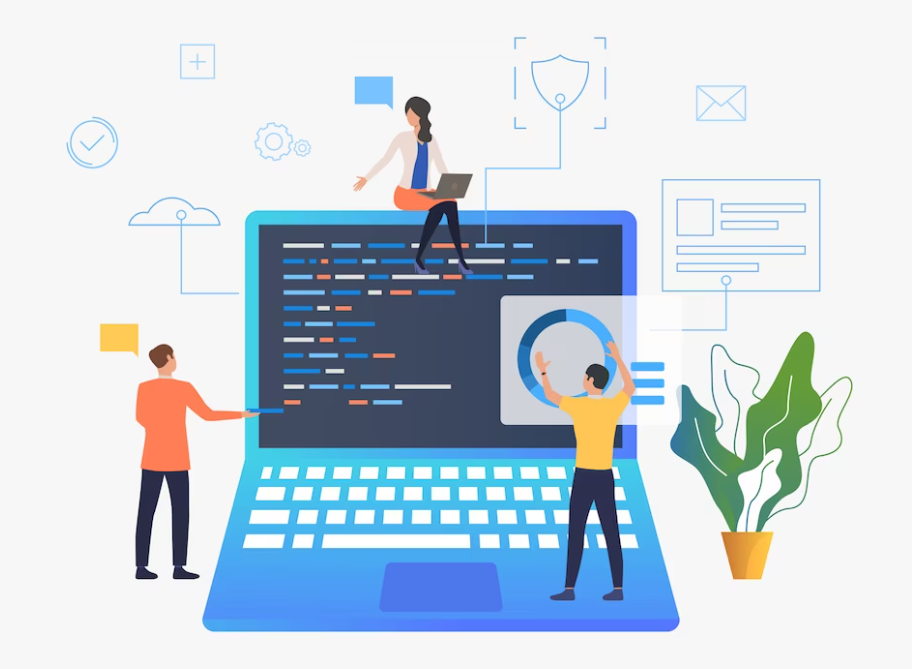
Decide On a Sales Model: Self-Serve Or High Touch?
Your first decision is the sales model that fits your target. A self-serve approach is great for simpler saas product lines.
A high-touch approach suits those seeking enterprise saas sales or more in-depth customer service. Matching the model to your audience is the foundation for a healthy saas industry presence.
Choose the Right Sales Methodology
Pick a method that resonates with your business model. If you sell mainly with cold calling, you might lean on a direct approach.
If you plan long relationship-building, a consultative method could be best. Focus on how your sales professionals can guide leads from curiosity to conversion.
Define Your Ideal Customer
An accurate ideal customer profile guides all your sales strategies.
- Step 1: Make a List of Your Best Customers- Identify existing users who pay on time, refer you, or spend the most. They’re your blueprint.
- Step 2: Find Common Attributes- Look for shared sector, company size, pain points, or usage patterns.
- Step 3: Prioritize Attributes of Your Ideal Customers- Which factors matter most for easy acquisition or expansion down the line? Those become your top filters.
- Step 4: Fill Out the ICP Template- Document the must-haves and nice-to-haves. Update regularly as you learn from your target audience.
Get Lead Generation Right
Optimize top-of-funnel tactics to fuel a productive sales pipeline. Create content marketing assets that draw qualified traffic, then pass them to your sales team. For high-value leads, consider gating content in exchange for contact information.
Make Sure Sales Is Reaching Decision Makers
It’s common for saas sales reps to talk only with end users. But for deals to go anywhere, the sales team should identify stakeholders who hold budget and authority. Reaching them early shortens your sales cycle dramatically.
Make Sure Your Product Demos Move the Sale Forward
Your demo shouldn’t be a generic walkthrough. Tailor it to the pain points each lead faces. Show them how your product addresses those pain points, improves customer acquisition, or amplifies customer success. At the end, clarify the next step details so prospects know the plan.
Keep Your Trials Short
A shorter trial period can be more effective in pushing leads to make decisions. Offer enough time for them to see results, but not so long that they lose momentum. Provide proactive customer support during the trial to keep them engaged.
Track the Right Metrics
Focus on saas sales metrics that illustrate the health of your pipeline: monthly recurring revenue, annual recurring revenue, churn rate, and customer lifetime value.
Also, track lead generation volume and how leads progress through the funnel. Continual measurement keeps your approach data-driven.
Reduce Churn
Whether you’re in a transactional sales setup or working with bigger enterprise sales, early churn can damage revenue.
Build a dedicated customer success team to train users, gather feedback, and encourage adoption. Continual check-ins after the sale lower your churn rate and drive expansions.
Use the Right SaaS Software to Streamline Your Sales Process
Use CRM systems and sales enablement tools to track deals, store data, and automate repetitive tasks.
This frees your sales reps to spend time closing business. Collaboration apps help your marketing team and product marketers coordinate with sales professionals, ensuring a unified message.
Why is Selling SaaS Different From Other Sales?
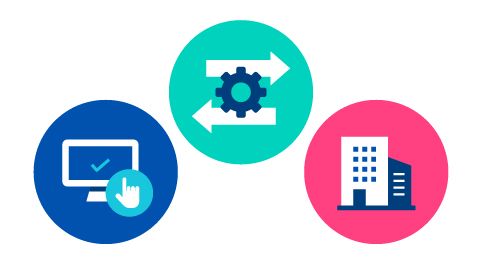
Selling SaaS is unique because your value proposition is delivered over time, not all at once. Recurring payments means your customer success team and sales team must regularly prove ongoing value to drive customer retention.
There’s also a lower barrier to cancellation compared to hefty one-time hardware deals. The relationship doesn’t stop at the sale. Instead, you must keep building trust, monitor usage, and maintain an active partnership to prevent customer churn.
What Are The Challenges Of Selling SaaS?

- Longer Sales Cycles: Some deals involve complex integrations, especially with an enterprise saas sales environment.
- High Competition: The saas industry is crowded. Carve out a niche or highlight a special advantage.
- Ensuring Onboarding Success: If clients can’t see their key metrics improve quickly, they might lose interest.
- Pricing Model Complexity: Tiered structures can be confusing to leads. Offer clarity.
- Customer Churn: Higher churn can be devastating. Strong customer relationships and immediate customer support are a must.
Best Practices For Creating Your Sales Process

Creating a good sales process is important for success in SaaS. By using best practices, businesses can make their sales operations smoother, work better, and earn more money.
- Build Your Qualifying Criteria For Each Stage: Define different qualifying lead checklists for each funnel step. Maybe the earliest stage checks for budget, while a mid-stage checklist confirms the capacity to implement. This precision ensures your sales funnel keeps moving and you don’t dump resources into unproductive conversations.
- Use Proven Sales Process Frameworks: Frameworks like BANT (Budget, Authority, Need, Timing) or MEDDIC (Metrics, Economic Buyer, Decision Criteria, Decision Process, Identify Pain, Champion) can reduce guesswork. They help align your entire saas sales team toward the same definitions and sales goals.
- Slow Down At Any Stage When You Detect Issues: If you sense hesitation about budget, test alignment or confirm authority before pushing them forward. A short delay can be more effective than pushing them into a stage they’re not ready for.
- Use Sales Management Software For Better Sales Cycle Management: A robust CRM or sales enablement solution helps track everything from lead qualification to close. This ensures consistent data, fosters collaboration among your marketing team and sales team, and avoids leads slipping through the cracks.
Essential Tools and Technologies For The SaaS Sales Process
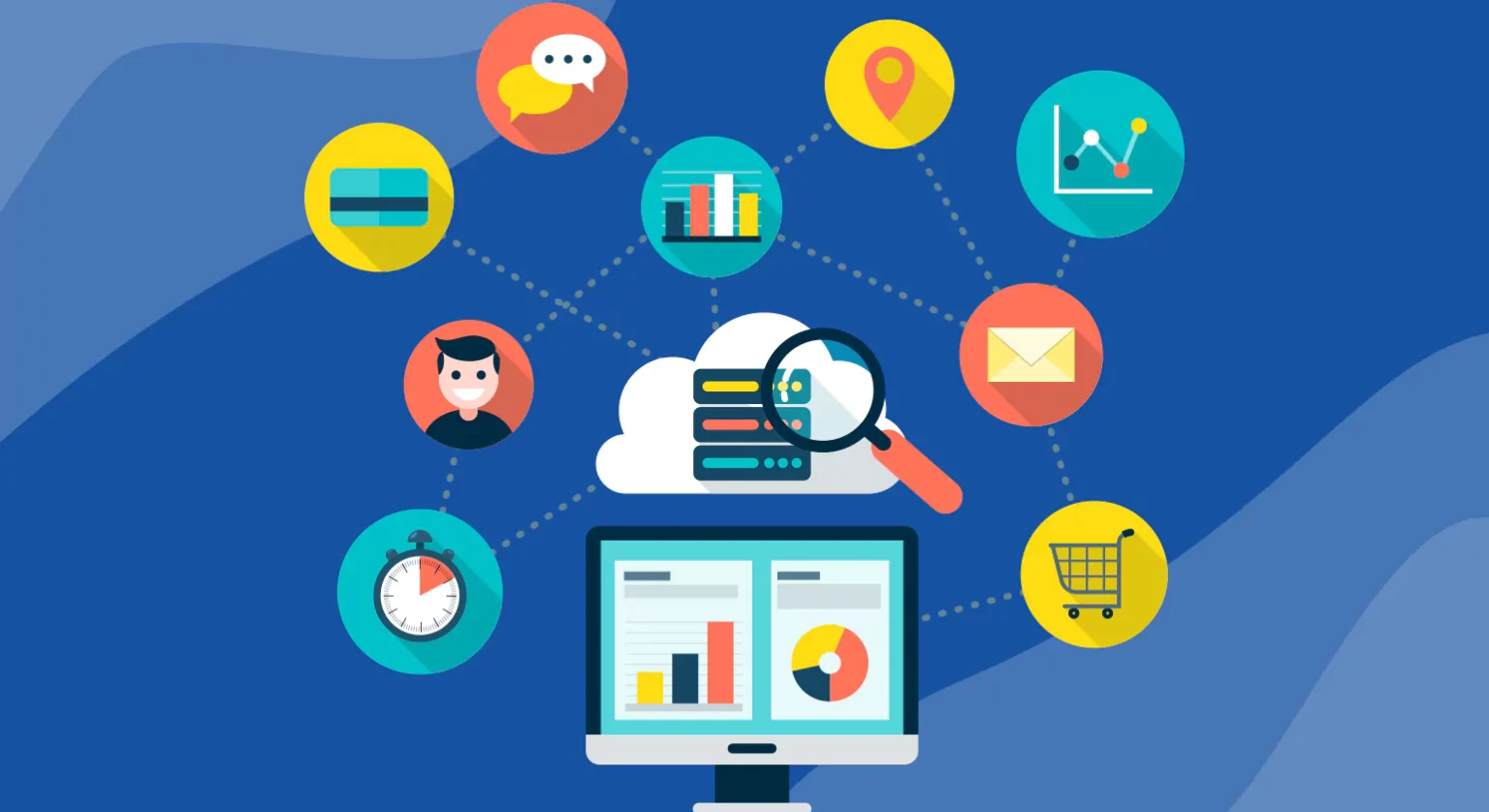
- CRM Systems: These solutions track deal stages, store contact info, and help forecast pipeline. They’re ideal for ensuring your account executive or sales rep has immediate access to lead history.
- Sales Enablement Tools: Resources that store case studies, pitch decks, and comparison sheets. Effective enablement shortens your selling process by giving your sales professionals the ability to respond quickly and accurately.
- Collaboration Platforms: Slack, Microsoft Teams, or other chat tools keep your marketing team, customer success team, and sales team connected. Rapid internal alignment keeps the sales cycle on track.
- Analytics and Reporting Software: Dashboards tracking key metrics such as customer lifetime value, monthly recurring revenue, and pipeline velocity let you measure progress. This data informs the next step in optimizing your approach.
FAQ’s:
What is the Average Sales Cycle Length in SaaS?
It typically ranges from 1-3 months for mid-market deals. Enterprise sales can extend to 6 months or longer, while smaller transactional sales might close in weeks.
How Do You Build An Effective SaaS Sales Team?
Hire reps who grasp the saas product value proposition and prioritize customer relationships. Equip them with strong sales management tools, and align them closely with customer success and product marketers to create a unified approach.
Can SaaS Sales Strategies Be Applied To Other Industries?
Many concepts—like lead generation, solution-based messaging, and customer retention—apply well across industries. However, the recurring revenue component is unique to saas sales and may not translate directly to other business model structures.
What is the Difference Between Inbound and Outbound Sales in SaaS?
- Inbound marketing involves attracting leads with content marketing, SEO, and social channels.
- Outbound focuses on direct outreach, such as cold calling, targeted email, or social media messages.
Most saas companies use both to diversify their sales pipeline.
How Can I Shorten My SaaS Sales Cycle?
Focus on better lead qualification, ensure your sales team reaches decision-makers early, and streamline contract or compliance steps. Offer a shorter trial period to speed decisions. Provide strong customer service to remove obstacles before they slow the sales cycle.
Conclusion
A well-honed saas sales process brings clarity, consistency, and scale to your sales team.
From creating an ideal customer definition to dealing with long enterprise saas sales cycles, every step can be improved using the right frameworks, technology, and communication.
Embracing this structure encourages predictable monthly recurring revenue, reduces customer churn, and expands overall revenue potential.
At VH Info, we aim to help you navigate each stage so you can develop a stable, high-performing sales pipeline that meets both short-term and long-term sales goals.
